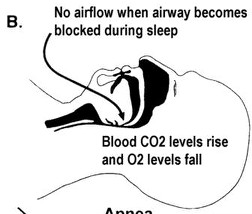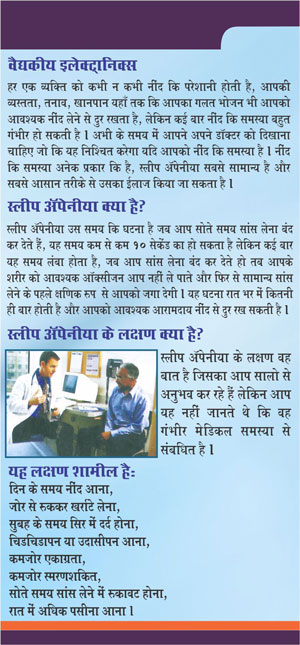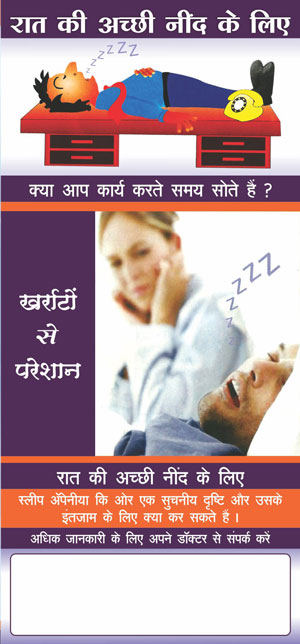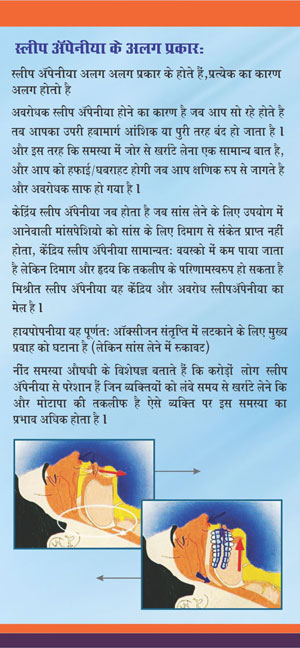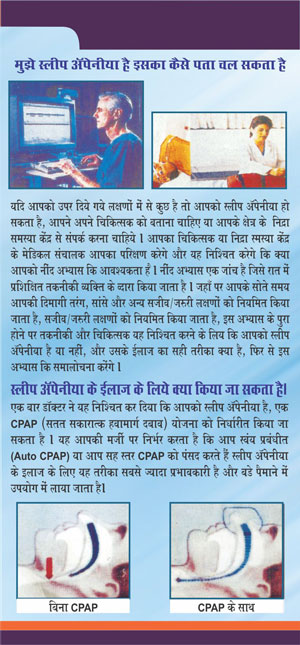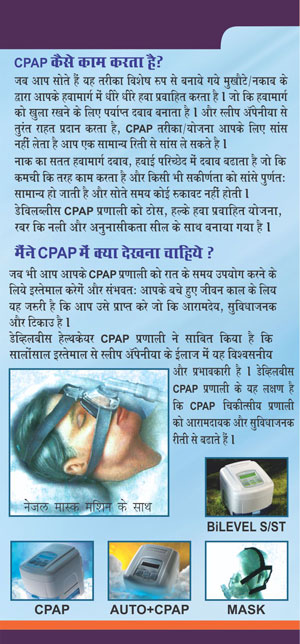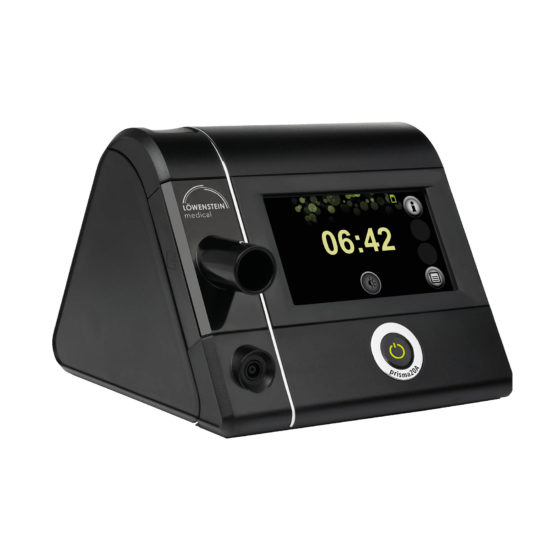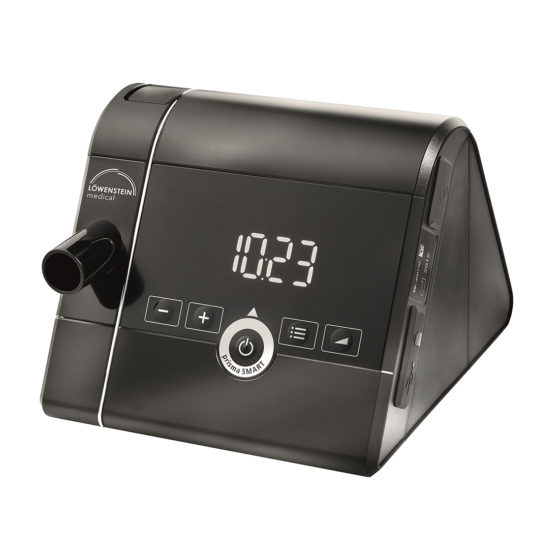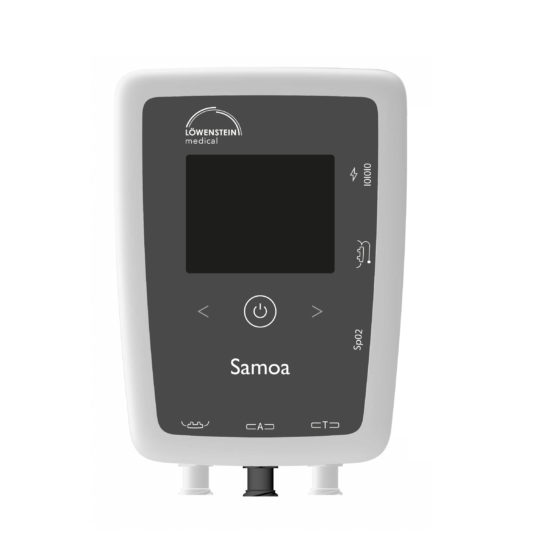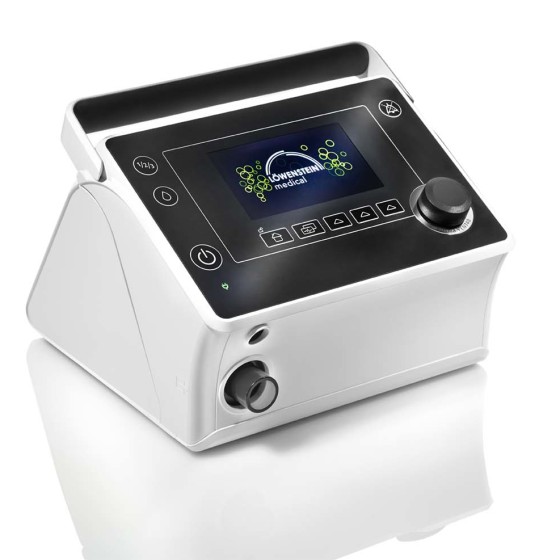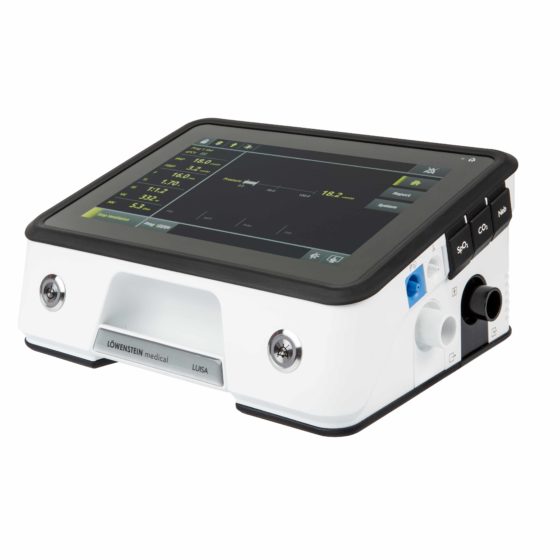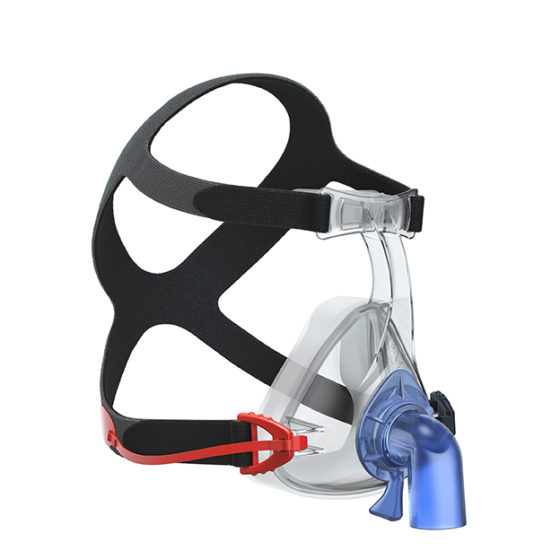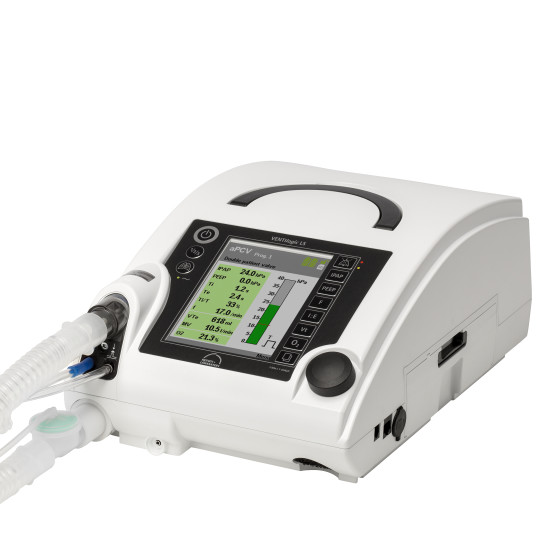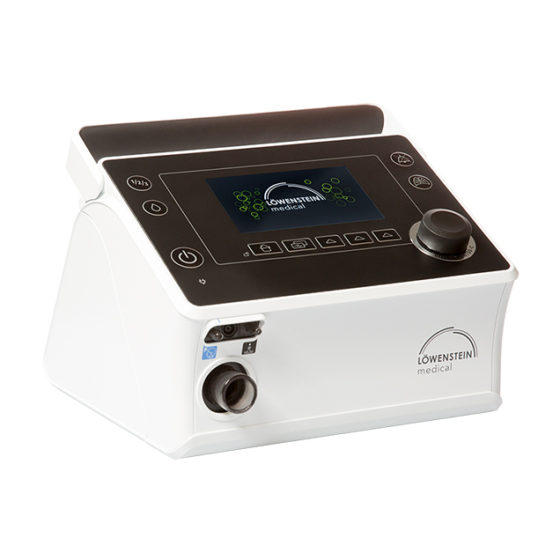Good Sleep is a Necessity
- You sleep during one third of your lifetime – regular good sleep is a necessity for a healthy life. As an adult, you need to sleep six to nine hours per night.
- If you do not get enough sleep, you will in long terms risk the recovery of your body – the brain and memory function, immune defence, hormone balance and other vital organs.
- Are you still tired when waking up after a night's sleep? If so, you may suffer from sleep apnea. If you do, your breathing during sleep can be interrupted hundreds of times each night, usually without you noticing.
Sleep Apnea
Sleep Apnea is a disorder of breathing during sleep. Typically it is accompanied by loud snoring. Apnea during sleep consists of brief periods throughout the night in which breathing stops. People with sleep apnea do not get enough oxygen during sleep

What is Sleep Apnea?
Sleep apnea is a serious, potentially life-threatening condition that is far more common than generally understood. First described in 1965, sleep apnea is a breathing disorder characterized by brief interruptions of breathing during sleep. It owes its name to a Greek word, apnea, meaning "want of breath." There are two types of sleep apnea: central and obstructive. Central sleep apnea, which is less common, occurs when the brain fails to send the appropriate signals to the breathing muscles to initiate respirations. Obstructive sleep apnea is far more common and occurs when air cannot flow into or out of the person's nose or mouth although efforts to breathe continue.
In a given night, the number of involuntary breathing pauses or "apneic events" may be as high as 20 to 30 or more per hour. These breathing pauses are almost always accompanied by snoring between apnea episodes, although not everyone who snores has this condition. Sleep apnea can also be characterized by choking sensations. The frequent interruptions of deep, restorative sleep often lead to early morning headaches and excessive daytime sleepiness.
Early recognition and treatment of sleep apnea is important because it may be associated with irregular heartbeat, high blood pressure, heart attack, and stroke.
Who gets Sleep Apnea?
Sleep apnea occurs in all age groups and both sexes but is more common in men (it may be under diagnosed in women) Four percent of middle-aged men and 2 percent of middle-aged women have sleep apnea along with excessive daytime sleepiness. People most likely to have or develop sleep apnea include those who snore loudly and also are overweight, or have high blood pressure, or have some physical abnormality in the nose, throat, or other parts of the upper airway. Sleep apnea seems to run in some families, suggesting a possible genetic basis.
What causes Sleep Apnea?
Certain mechanical and structural problems in the airway cause the interruptions in breathing during sleep. In some people, apnea occurs when the throat muscles and tongue relax during sleep and partially block the opening of the airway. When the muscles of the soft palate at the base of the tongue and the uvula (the small fleshy tissue hanging from the center of the back of the throat) relax and sag, the airway becomes blocked, making breathing labored and noisy and even stopping it all together. Sleep apnea also can occur in obese people when an excess amount of tissue in the airway causes it to be narrowed. With a narrowed airway, the person continues his or her efforts to breathe, but air cannot easily flow into or out of the nose or mouth. Unknown to the person, this results in heavy snoring, periods of no breathing, and frequent arousals (causing abrupt changes from deep sleep to light sleep). Ingestion of alcohol and sleeping pills increases the frequency and duration of breathing pauses in people with sleep apnea
How is normal breathing restored during sleep?
During the apneic event, the person is unable to breathe in oxygen and to exhale carbon dioxide, resulting in low levels of oxygen and increased levels of carbon dioxide in the blood. The reduction in oxygen and increase in carbon dioxide alert the brain to resume breathing and cause an arousal. With each arousal, a signal is sent from the brain to the upper airway muscles to open the airway; breathing is resumed, often with a loud snort or gasp. Frequent arousals, although necessary for breathing to restart, prevent the patient from getting enough restorative, deep sleep.
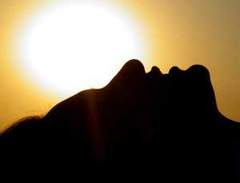
What are the effects of Sleep Apnea?
Because of the serious disturbances in their normal sleep patterns, people with sleep apnea often feel very sleepy during the day and their concentration and daytime performance suffer. The consequences of sleep apnea range from annoying to life-threatening. They include depression, irritability, sexual dysfunction, learning and memory difficulties, and falling asleep while at work, on the phone, or driving. It has been estimated that up to 50 percent of sleep apnea patients have high blood pressure. Although it is not known with certainty if there is a cause and effect relationship, it appears that sleep apnea contributes to high blood pressure. Risk for heart attack and stroke may also increase in those with sleep apnea. In addition, sleep apnea is sometimes implicated in sudden infant death syndrome.
When should Sleep Apnea be Suspected?
For many sleep apnea patients, their spouses are the first ones to suspect that something is wrong, usually from their heavy snoring and apparent struggle to breathe. Co-workers or friends of the sleep apnea victim may notice that the individual falls asleep during the day at inappropriate times (such as while driving a car, working, or talking). The patient often does not know he or she has a problem and may not believe it when told. It is important that the person see a doctor for evaluation of the sleep problem.
How is Sleep Apnea diagnosed?
In addition to the primary care physician, pulmonologists, neurologists, or other physicians with specialty training in sleep disorders may be involved in making a definitive diagnosis and initiating treatment. Diagnosis of sleep apnea is not simple because there can be many different reasons for disturbed sleep. Several tests are available for evaluating a person for sleep apnea.
Polysomnography is a test that records a variety of body functions during sleep, such as the electrical activity of the brain, eye movement, muscle activity, heart rate, respiratory effort, air flow, and blood oxygen levels. These tests are used both to diagnose sleep apnea and to determine its severity.
The Multiple Sleep Latency Test (MSLT) measures the speed of falling asleep. In this test, patients are given several opportunities to fall asleep during the course of a day when they would normally be awake. For each opportunity, time to fall asleep is measured. People without sleep problems usually take an average of 10 to 20 minutes to fall asleep. Individuals who fall asleep in less than 5 minutes are likely to require some treatment for sleep disorders. The MSLT may be useful to measure the degree of excessive daytime sleepiness and to rule out other types of sleep disorders.
Diagnostic tests usually are performed in a sleep center, but new technology may allow some sleep studies to be conducted in the patient's home.

How is Sleep Apnea treated?
The specific therapy for sleep apnea is tailored to the individual patient based on medical history, physical examination, and the results of polysomnography. Medications are generally not effective in the treatment of sleep apnea. Oxygen administration may safely benefit certain patients but does not eliminate sleep apnea or prevent daytime sleepiness. Thus, the role of oxygen in the treatment of sleep apnea is controversial, and it is difficult to predict which patients will respond well. It is important that the effectiveness of the selected treatment be verified; this is usually accomplished by polysomnography.
Behavioral Therapy :
Behavioral changes are an important part of the treatment program, and in mild cases behavioral therapy may be all that is needed. The individual should avoid the use of alcohol, tobacco, and sleeping pills, which make the airway more likely to collapse during sleep and prolong the apneic periods. Overweight persons can benefit from losing weight. Even a 10 percent weight loss can reduce the number of apneic events for most patients. In some patients with mild sleep apnea, breathing pauses occur only when they sleep on their backs. In such cases, using pillows and other devices that help them sleep in a side position is often helpful.
Physical or Mechanical Therapy :
Nasal continuous positive airway pressure (CPAP) is the most common effective treatment for sleep apnea. In this procedure, the patient wears a mask over the nose during sleep, and pressure from an air blower forces air through the nasal passages. The air pressure is adjusted so that it is just enough to prevent the throat from collapsing during sleep. The pressure is constant and continuous. Nasal CPAP prevents airway closure while in use, but apnea episodes return when CPAP is stopped or used improperly.
